Introduction
The importance of curtain wall claw in modern architecture
Let's look at a key aspect of modern architecture: curtain wall spider claws. These components, especially when made from stainless steel, are valuable for several reasons:
Support and Stability: Spider claws provide essential support for buildings with large glass facades.
Durability and Efficiency: Made from high-quality stainless steel, these claws are built to last, so they can stand up to the elements and make construction easier.
Innovation Drivers: Curtain wall spider claws are at the cutting edge of architectural innovation , always evolving to meet the demands of modern design challenges.
Application and advantages in enterprise level projects-real life examples
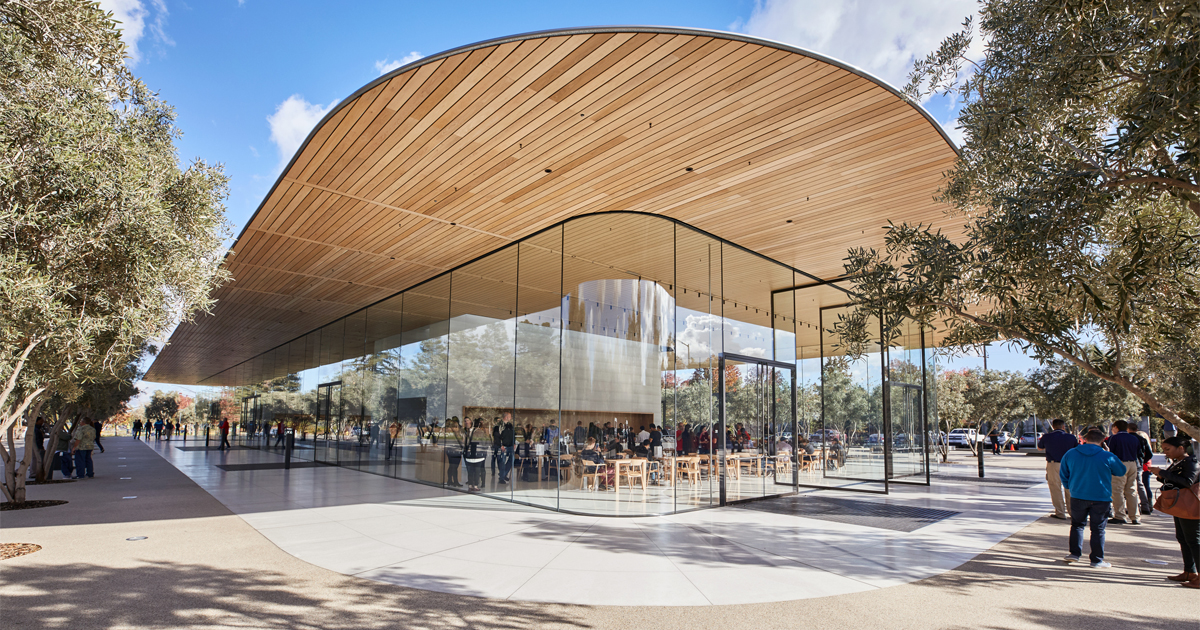
l Corporate Headquarters
Application: At Apple Park in Cupertino, California, the glass walls are supported by spider claws. This design lets you see through and looks futuristic.
Advantage: These fittings make the building look better and let in more light, which makes the workspace more pleasant and productive.
This shows the company is innovative and helps cut energy costs by using less artificial lighting.
l Luxury Hotels
The IFC Mall in Hong Kong uses Curtain Wall Spider Claws to support its large glass panels, creating open spaces.
Advantage: Less need for artificial lighting and lower energy costs. The Spider Claws let you create modern, attractive spaces that draw in more shoppers and tenants.
l Iconic Public Buildings
Application: The Royal Ontario Museum in Toronto, Canada, uses Curtain Wall Spider Claws to hold the glass panels together.
Advantage: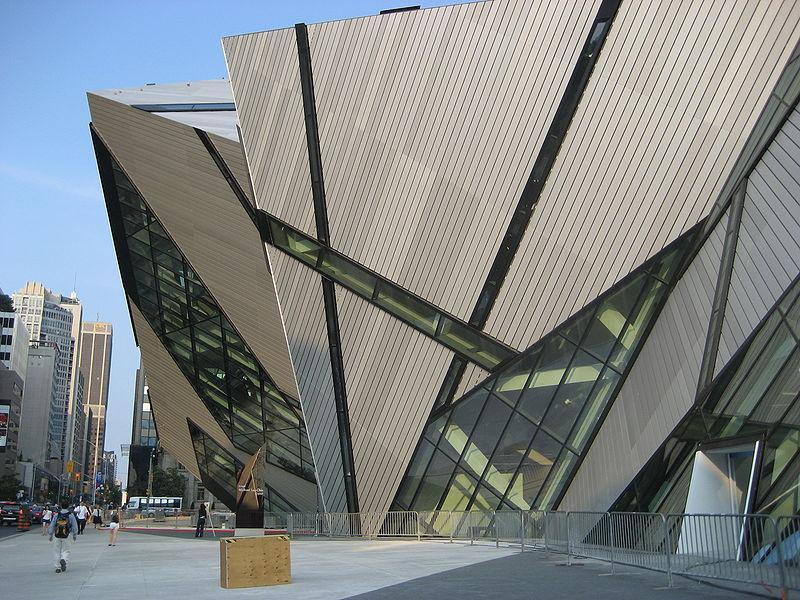 This makes a striking and iconic facade that attracts tourists and architecture fans. The building uses lots of glass to be energy-efficient and meet its sustainability goals. The spider claws also make the structure safe and stable, meeting high architectural standards.
This makes a striking and iconic facade that attracts tourists and architecture fans. The building uses lots of glass to be energy-efficient and meet its sustainability goals. The spider claws also make the structure safe and stable, meeting high architectural standards.
In summary, while they may be small in size, curtain wall spider claws play a significant role in modern architecture.
Ready to enhance your architectural projects? Reach out today to discover how our stainless steel products, including curtain wall spider claws.For more details or queries you can Contact Us.
Unveiling the Power of Curtain Wall Spider Claws
Have you ever wondered what a Curtain Wall Spider Claw is and what it does? Well, it's a pretty important architectural element that helps support large glass panels on building exteriors.
It's made mostly of stainless steel, which gives it the strength it needs to keep everything safe and looking good.

Design and Structure:
The Curtain Wall Spider Claws feature articulated arms resembling a spider's legs, extending from a central hub to grasp and stabilize glass panels. This design ensures robust support and even weight distribution, minimizing stress on the glass.
Materials and Durability:
Constructed from stainless steel, the Curtain Wall Spider Claws boast durability and corrosion resistance, making them suitable for indoor and outdoor applications.
These claws are used in corporate headquarters, luxury hotels, and shopping malls because they enable architects to create visually captivating, open spaces, enhancing overall design and user experience.
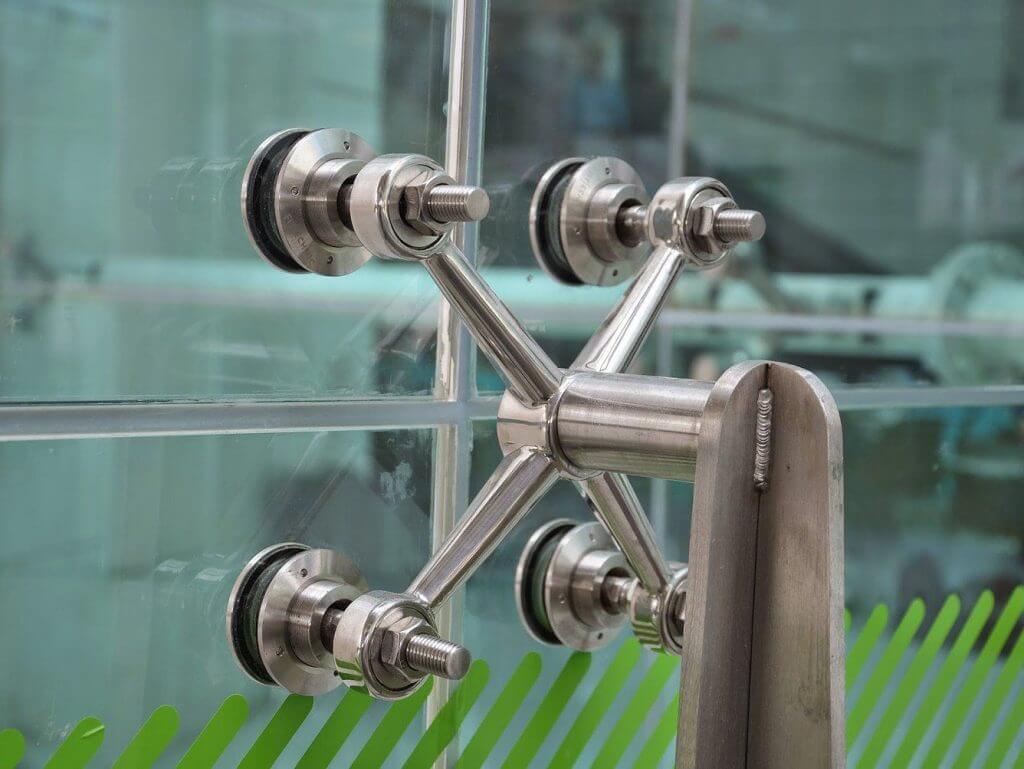
Installation:
Precise positioning and secure fastening are crucial during installation. Architects, engineers, and skilled installers must work together to uphold stability and integrity.
Market Overview and Industry Outlook
Demand for Curtain Wall Spider Claws is high. Modern architecture uses sleek, frameless glass facades; these fittings are essential.
This market is growing, and these fittings are essential in commercial buildings, luxury hotels, corporate headquarters, and iconic public structures.
Market Overview
Curtain wall spider claws create open, transparent spaces in contemporary buildings. The global curtain wall market is projected to reach $92.4 billion by 2030, growing at an impressive 6.3% annual rate. This growth is driven by a desire for more natural light and energy-efficient buildings.
Industry Outlook
1. Green Building Initiatives:
Curtain Wall Spider Claws are in high demand with the push towards sustainable construction. They support large glass panels that let in natural light, reducing energy use.
2. Technological Advancements:
New materials and manufacturing methods make Curtain Wall Spider Claws stronger and more durable. Stainless steel is especially good at resisting corrosion and lasting a long time.
3. Urbanization:
As cities grow, there is a need for high-rise buildings and modern commercial spaces. By 2050, 68% of the world’s population will live in cities. Curtain Wall Spider Claws are perfect for these structures.
Curtain wall spider claw types
Knowing the different types of curtain wall spider claws is important for choosing the right one for your project. We'll look at how they are made, what they are made of, and how sunlight affects them.
Stainless Steel Spider Claws: Classification by Material
Stainless steel spider claws are the go-to choice for architects looking for strength and durability.
Advantages
l Durability: Curtain wall spider claws are renowned for their exceptional durability, resisting corrosion and rust in various environments. Studies show they can last over 50 years with minimal maintenance. For more on the resilience of stainless steel, see MDPI's Applied Sciences.
l Aesthetic Appeal: Looks sleek and modern.
l Strength: Supports large glass panels, ensuring stability and safety.
Disadvantages
l Weight:Heavier than aluminum, which requires stronger support structures.
l Cost: It is generally more expensive upfront.
Aluminum Alloy Spider Claws:
Aluminum alloy spider claws are lightweight and cost-effective. They are practical in certain situations.
Advantages
l Lightweight: Easy to handle and install, reducing labor costs. Aluminum is up to 50% lighter than stainless steel.
l Cost-effective: Cheaper.
l Corrosion resistance: Corrosion-resistant, especially with anodized or powder-coated finishes.
l Quality and durability: Aluminum alloy spider claws can be affected by sunlight, but with proper maintenance, they last a long time. Coatings can make them last longer.
Disadvantages
l Strength: Not as strong as stainless steel, so not suitable for heavy glass panels.
l Durability: May wear down over time. Aluminum alloy components last 20-30 years with proper maintenance.
Classification according to design
Let's explore the designs—single-arm, double-arm, three-arm, and four-arm claw pieces—and their advantages and disadvantages
1. Single-arm claw piece.
A single-arm design has one arm that holds a glass panel
Advantages
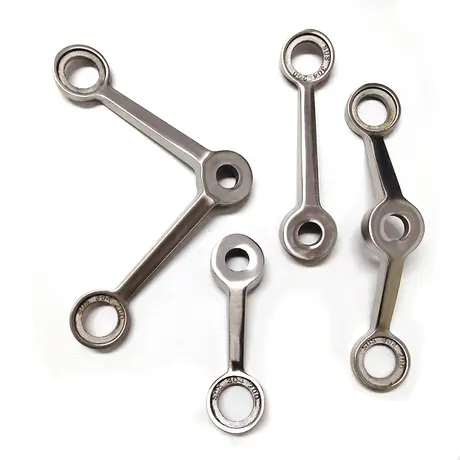
l Simplicity: Easy to install.
l Flexible: Ideal for smaller installations with one attachment point.
l Cost-effective. It uses fewer materials.
Disadvantages
l Limited support: Not as much support for larger installations.
l Load distribution: It puts all the weight in one place.
2. Double-Arm Claw Piece:
A double-arm design has two arms
Advantages
| More support: Better support and load distribution.
| Versatility: Works with medium-sized panels.
| Balanced load: Even load distribution reduces stress.
Disadvantages
| Complexity: Installation is more complex than single-arm claws.
| Data: Double-arm claws are used in medium-sized projects like shopping malls. Double-arm spider claws can hold glass panels in place and distribute the load evenly in a 10,000-square-meter shopping center.
3. Three-Arm Claw Piece:
A three-arm design has three arms in a triangle
Advantages
| Stability: Stable for triangular or irregular panels.
| Versatility: Good for complex installations.
| Load distribution: Good load distribution.
Disadvantages
| Installation: It needs to be aligned precisely.
4. Four-Arm Claw Piece:
A four-arm design has four arms arranged in a cross shape
Advantages
| Maximum support: Great for large, heavy glass installations.
| Optimal load distribution: Even load distribution across four points.
| Versatility: Suitable for large facades and complex structures.
Disadvantages
| Complex installation: It needs to be installed properly.
| Data: Four-arm claws are used in high-rise buildings. A 50-story office tower might use four-arm spider claws to secure large glass panels.
Conclusion
The right curtain wall spider claw design depends on your project. Single-arm claws are for small projects, while four-arm claws are for large ones.
Knowing these differences helps make your building safe and look good.
Look at our dynamic Facebook Page & Instagram page for the most recent updates.
For more details or queries you can Contact Us.
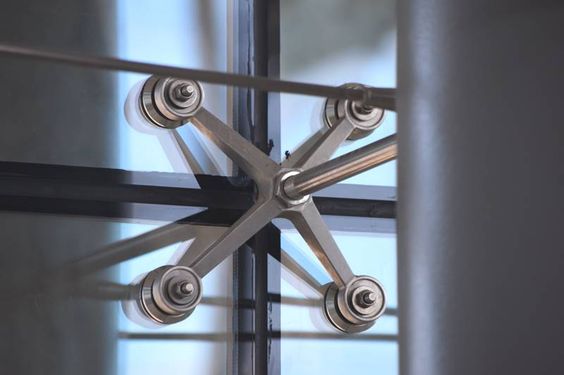
Curtain Wall Spider Claws: How They Work and Where They're Used
Spider claws are used to secure glass panels in construction.
Components
Central Hub: Anchors to the building's structure.
Arms: Extend to support and secure the glass.
Fasteners: Bolts and screws that hold everything together.
Installation Process
Glass mounting: The glass panels fit into the spider claw arms.
Securing: Bolts are inserted into the glass and arms.
Load distribution: The spider claws evenly distribute the load, reducing stress.
Real-life application: Spider claws in skyscrapers withstand strong winds and temperature changes, keeping glass facades durable.
Beyond Construction: Other Uses of Spider Claws
1. Interior Design:
Glass Partitions: Let in more light in offices and commercial spaces.
Staircase Railings: Make modern buildings safer and more stylish.
Shower Enclosures: Make bathrooms look sleek and minimalist.
2. Architectural Features:
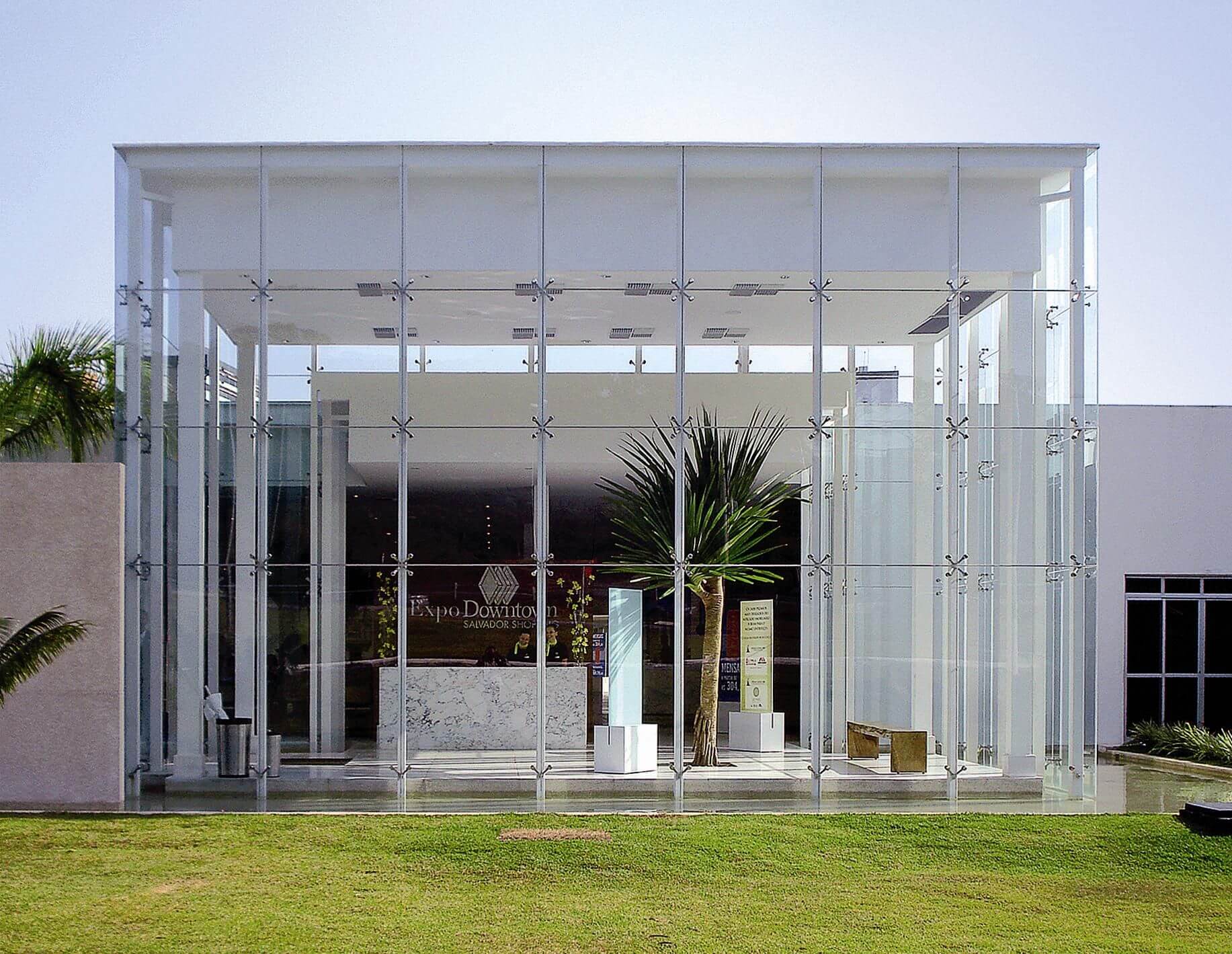
Key considerations for purchasing curtain wall spider claws
l Quality and safety standards
l Certification and compliance requirements
l Price and cost control
l Supply chain management and logistics
Quality and safety
Material: Choose stainless steel or aluminum alloy. Stainless steel is often used in coastal areas because it doesn't rust. For example, 316-grade stainless steel has a pitting resistance equivalent number (PREN) over 24, making it suitable for harsh environments.
Manufacturing Standards: Ensure the supplier adheres to ISO 9001 standards. Suppliers with this certification have shown they can make products consistently.
Load Capacity: Check the load-bearing standards. Spider claws in high-rise buildings can withstand wind loads up to 2000 Pascals and temperatures from -20°C to 50°C.
Certification and Compliance
Industry Certifications: Look for CE marking, which shows that the product meets EU safety, health, and environmental standards.
Building Codes: Products must meet local building codes. In the US, spider claws must meet IBC standards.
Compliance with environmental standards. Make sure materials are environmentally friendly. Suppliers that follow RoHS standards have a minimal environmental impact.
Supply Chain Management
Reliable Suppliers: Choose suppliers with a strong track record. For example, companies with on-time delivery rates above 95% are preferable.
Timely Delivery: Plan logistics to avoid delays. Ensure the supplier can meet your project timelines; for instance, a supplier with a 4-6 weeks lead time.
Inventory Management: Maintain optimal stock levels. Case studies show efficient inventory management can reduce project delays by 20%.
Conclusion
Curtain Wall Spider Claws are essential for creating modern, transparent facades. They support contemporary design trends, enhance natural light, and contribute to sustainable building practices.
These versatile components help you offer innovative solutions to your customers, while their durability ensures long-term satisfaction.
Do you need a long-term stable supply of stainless steel products suppliers, now immediately contact us!










 This makes a striking and iconic facade that attracts tourists and architecture fans. The building uses lots of glass to be energy-efficient and meet its sustainability goals. The spider claws also make the structure safe and stable, meeting high architectural standards.
This makes a striking and iconic facade that attracts tourists and architecture fans. The building uses lots of glass to be energy-efficient and meet its sustainability goals. The spider claws also make the structure safe and stable, meeting high architectural standards.























